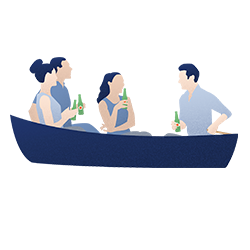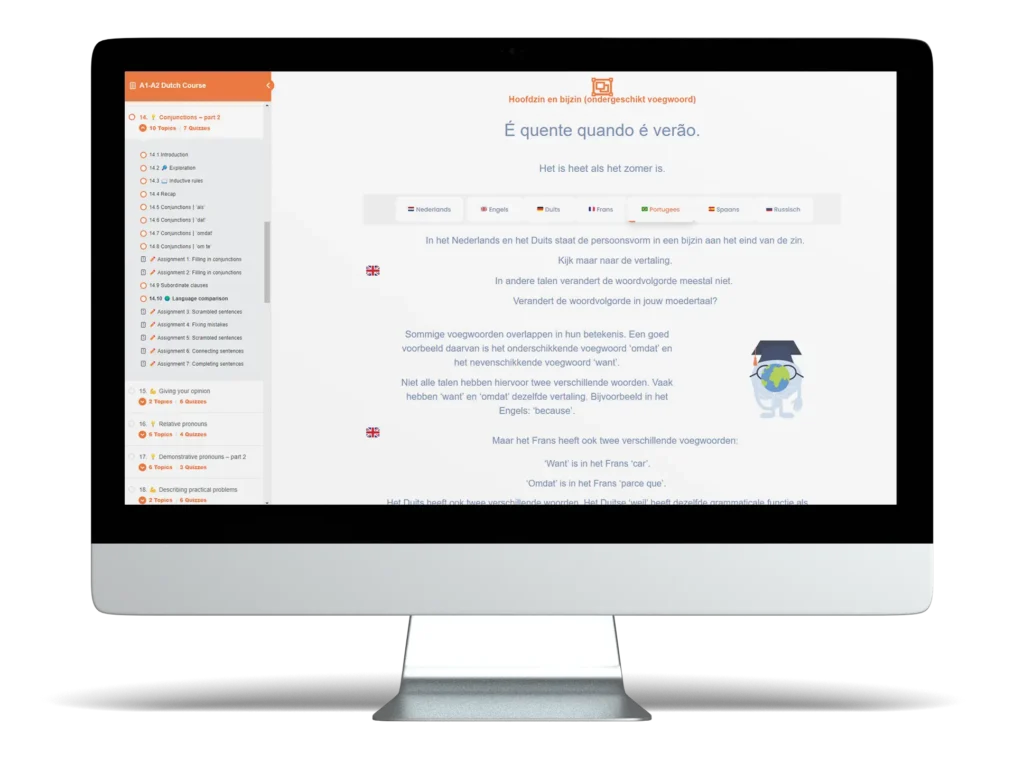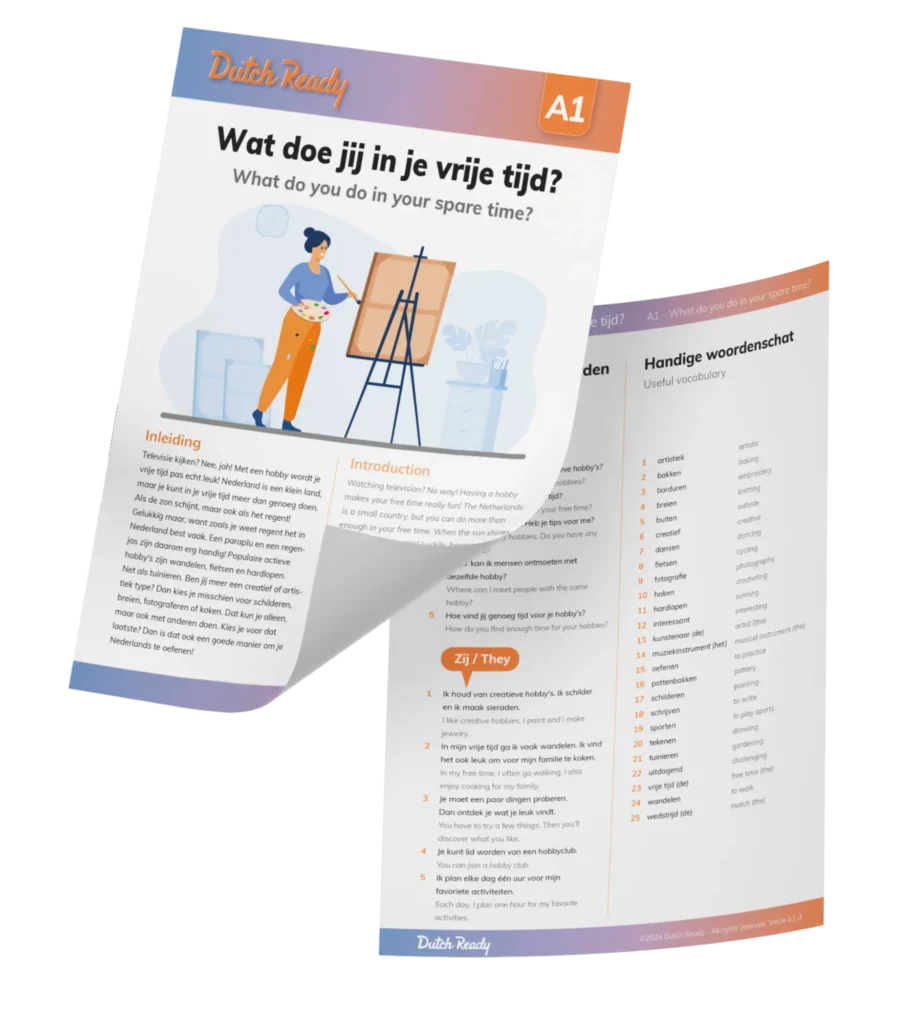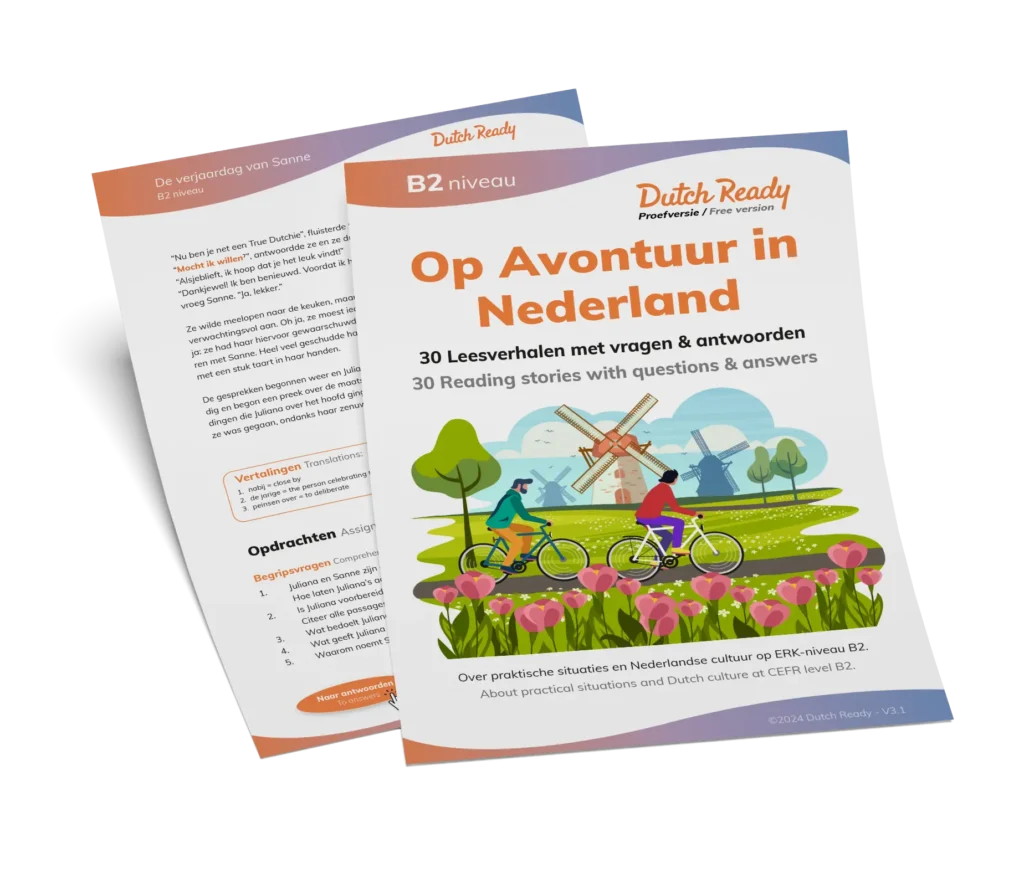

Want to actually remember all those Dutch phrases and grammar rules you’re trying to learn? The Cornell Note Taking Method may be the solution you’ve been looking for. Developed by Dr. Walter Pauk at Cornell University in the 1950s, he described the system in his best-selling book “How to Study in College”. The Cornell Method has been tested and proven to improve learning and retention of new material.
Numerous studies going as far back as the 90s have shown the effectiveness of the Cornell Method in improving learning performance (Kiewra, 1989). Since then, many studies have replicated these results, showing that students who use the Cornell Method have better recall of information compared to students who use a different note-taking method (Reed et al., 2016).
In language learning, students that use the Cornell Method have better comprehension of both written and spoken text. It also helps students reduce thinking time when answering questions and students are able to give more detailed answers overall (Susanti, 2020).

Photo by David Travis on Unsplash
The Cornell Method is based on the principle of active learning, which is a learning approach that involves actively engaging with and processing new information rather than simply passively receiving it. Research has shown that active learning approaches can be more effective for learning and retention compared to more traditional, passive approaches.
In addition, the Cornell Method incorporates several other principles of effective learning, such as summarization and review, which have been supported by research. Summarization involves condensing information into a shorter form, such as a summary or outline, which can help students to better understand and retain the material. Reviewing material periodically, as the Cornell Method recommends, can also help students to reinforce their understanding and retention of the material over time.
The Cornell Method involves dividing your paper into three sections: a narrow left-hand column, a wider right-hand column, and a small section at the bottom.
After that, simply follow these steps:

Photo by Sticker Mule on Unsplash
The Cornell Method also includes a system of “5 Rs” to help you review and reinforce your learning. These include:
In conclusion, the Cornell Note Taking Method is a proven and effective strategy for improving learning and retention. By dividing your paper into three sections and using the “5 Rs” to review and reinforce your learning, you can improve your academic performance and better retain new material. Give it a try and see the difference it can make in your own learning and productivity. We’ve made a free template available for you to start using. You can access it as a Word document for you to use on your computer or as a print friendly PDF file.
Scientific references in this article
We believe science-backed education is the future. Therefore we will always include links to the scientific research on which we base our methodology. The articles cited in this article are:
Reed, D. K., Rimel, H. & Hallett, A. (2016). Note-Taking Interventions for College Students: A Synthesis and Meta-Analysis of the Literature. Journal of Research on Educational Effectiveness, 9(3), 307-333.
Kiewra, K. A. (1989). Meta-Analysis of the Effects of Note-Taking. Journal of Educational Psychology, 81(4), 579-588.
Susanti, L. E. (2020). Cornell Note-Taking: Effective Way to Activate Students’ Autonomous Learning. JOSELT, 1(2), 43-55.
Want to learn Dutch fast? Check out our other blogs about effective language learning, like our article on the importance of sleep, follow us on Instagram for mini lessons, or explore the Dutch language and culture with private Dutch lessons!
Language lessons & materials designed to help you learn Dutch fast. Use what you know, simplify what you don’t.

Join our newsletter!
Receive free learning tips and stay up to date on deals and courses.







